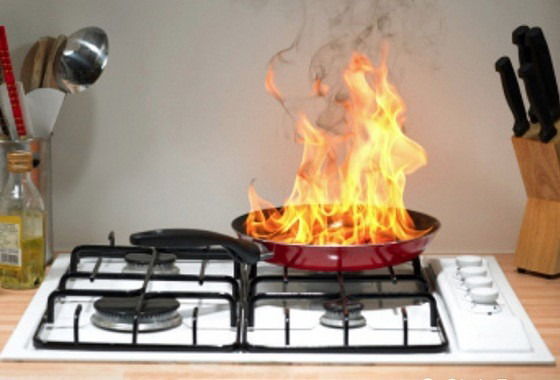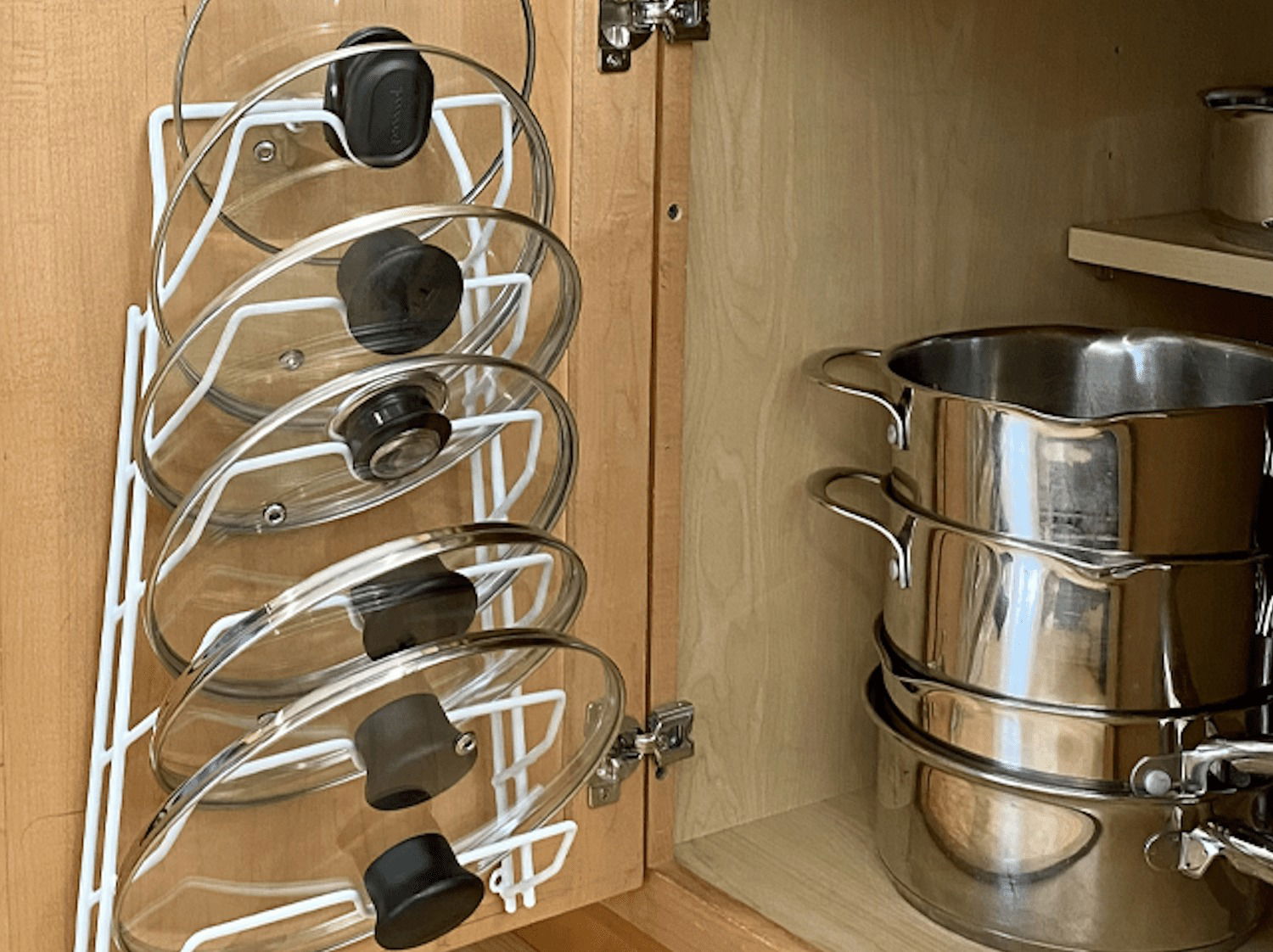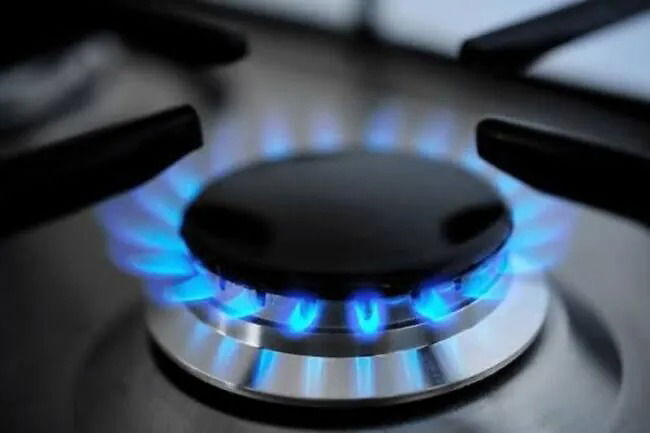
We all know how frustrating it is when a gas cylinder that should power your kitchen for months runs out in just a few short weeks. In today’s world, where prices seem to rise for everything except wages, stretching every bit of gas has become more than a convenience; it’s practically a necessity.
But don’t worry—we’re not talking about complicated fixes or unrealistic hacks. These are straightforward, tested tips that can help you double—or even quadruple—the lifespan of your gas. Get ready to transform how you cook and save money with every meal.
1. Look at the Flame Color
The color of your stove flame says a lot. A strong blue flame means your burner is working efficiently. If the flame is yellow or orange, it could mean gas is being wasted due to poor combustion.
What you can do:
- Use a fine pin to clean out the burner holes.
- Adjust the air intake flap if your stove has one.
- Avoid blocking air flow with oversized pots.
2. Turn Down the Heat

Cranking your flame to the max doesn’t necessarily cook food faster—it just uses more gas. Many meals turn out just as well (if not better) when cooked on medium or low heat, especially with the lid on.
Pro tip: Once food or water reaches a boil, turn the flame down and let the residual heat do the rest.
3. Deep Clean With Lemon and a Needle
Lemon juice can do more than brighten up your salad—it breaks down grease and grime built up on your burners.
Steps to clean:
- Drizzle lemon juice over the burner holes.
- Let it sit for 5 minutes.
- Use a needle to unclog the holes.
- Wipe dry before lighting again.
- This improves gas flow and makes your stove more efficient.
4. Cook in Batches
Switching your stove on multiple times a day creates unnecessary gas usage. Instead, cook several dishes in one go.
Try this:
- Boil eggs while cooking rice.
- Roast veggies alongside your main dish in the oven.
- Prepare and freeze legumes or soups for later.
- One round of cooking, multiple meals covered!
5. Always Use Pot Lids

Cooking without a lid is a major energy drain. Heat escapes quickly, making your stove work harder and longer.
Using a lid:
- Traps heat inside
- Reduces cooking time
- Saves gas
- Produces better results
6. Use Heavy-Bottomed Cookware
Sturdy, thick-bottomed pots retain and distribute heat more effectively, meaning you don’t need to crank up the flame.
Benefits:
- Even cooking
- Less heat loss
- Continued cooking even after the flame is turned off
- It’s a long-term investment that pays off in gas savings.
7. Embrace the Pressure Cooker
Many people are wary of pressure cookers, but they’re excellent for cutting cooking time and gas usage in half.
Great for:
- Beans and legumes
- Tough cuts of meat
- One-pot stews
- Just remember to check the seal and valve regularly for safety.
8. Use Residual Heat

Turn off the gas a few minutes before the dish is done. The leftover heat in the pot and burner will finish the job.
Works well with:
- Pasta
- Soups
- Stews
- Boiled veggies
- This small habit can save hours of gas over time.
9. Watch for Leaks
Even the tiniest leak can silently waste gas. If you smell gas when the stove is off or notice an old, cracked hose, it’s time to inspect.
How to check:
- Apply soapy water to joints and connections.
- If bubbles form, there’s a leak.
- Replace damaged hoses and tighten clamps immediately.
Final Thought: Small Habits, Big Savings
You don’t need to upgrade your kitchen or spend on new gadgets to save gas. Just a few mindful changes—like proper cleaning, batch cooking, using lids, and checking for leaks—can make your cylinder last two, three, or even four times longer.
Give these habits a try, and you might be surprised how much further your gas goes!